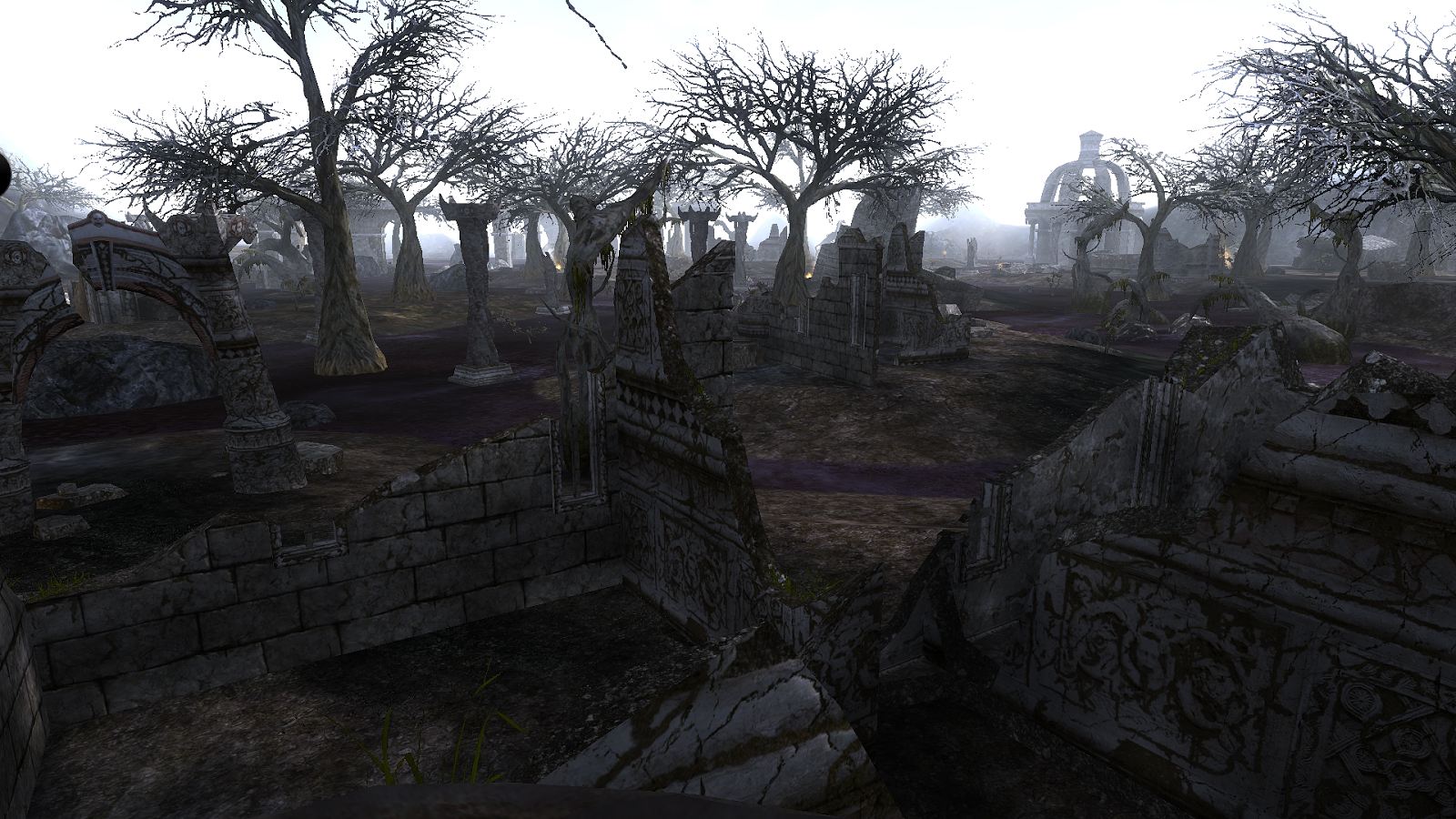 |
| (Click to enlarge) |
Long ago, the Dwarven god Ymir appeared among the Dwarves and revealed many secrets of metal and magic to them. He urged them to explore the depths, promising to return and lead them to a golden age once all the secrets of stone and metal were unveiled. Many millennia later, the loyal Dvergheim built the Dwarven capital of Ymir's Tear by hollowing out the inside of a mountain. For many millennia more, the Dwarves knew Ymir as their god and labored relentlessly in the depths. In this era, the Dwarves kept mostly to themselves, engaging with other races only to defend against the great evil of Nagast or trade with the Chaldean empire. The Dwarves gradually expanded about the northern mainland of Agon and continued their labors of the earth in anticipation of their golden age.
After much time had gone by, the northern Dwarves of the Svartdverg tribe became weak of mind and either forgot or ignored the promise of Ymir. In an act of treachery to the Dwarven race, they allowed themselves to fall under the influence of a false god, a mortal named Heimar. Shortly after their conversion, they built the Temple of Heimar in Verthandir. The Ymir loyalists had the opportunity early on to stop the creation of the temple but allowed construction to continue in hopes that, by the will of Ymir, it would fail and humiliate the treasonous Svartdverg. The construction of the temple did not fail, and many Dwarves were doomed to die in the battles that came because of it.
When the temple in Verthandir was completed, many followers of Heimar gathered there to praise the false god. The fiery fervor of the zealots was fanned by the self-proclaimed priests of Heimar until the Svartdverg grew resentful of the Dvergheim. Using the element of surprise against the Dvergheim, who expected their tolerance of this false worship to prevent any violence, the restless Svartdverg struck the outer cities of the Dvergheim empire, taking Maghnir and Idawoll under their control before moving to the heart of the empire.
The coup ultimately failed when the largest of the Svartdverg forces was defeated by the Dvergheim loyalists at the southern foot of the mountain capital. The victorious Dvergheim force marched south and swiftly reclaimed Maghnir and Idawoll. After the battles had subsided, the Dvergheim loyalists sought out and destroyed the Temple of Heimar in Verthandir. The mortal Heimar himself was found dead at the main altar of the temple, an apparent suicide, with the smoky trappings of ritualistic ambiance heavy in the air. Though defeated, the Svartdverg did not immediately surrender their faith, choosing exile over assimilation back into Dwarven society.
Over time, Ymir's Tear became known as Cor Ymirhal and remained the center of Dwarven, and later Tovarr, society. The self-proclaimed Children of Heimar found their faith slowly eroded by time and the knowledge of the mortality of their god. Still unwilling to rejoin the Dvergheim under the promise of Ymir, the Svartdverg sought out another who could give them the direction and power they desired to shatter the Dvergheim once and for all. They found just such a figure in the dark demi-god Sahul.
Thus did the "Era of Heimar" slowly but certainly end as the "Era of Sahul" approached.

